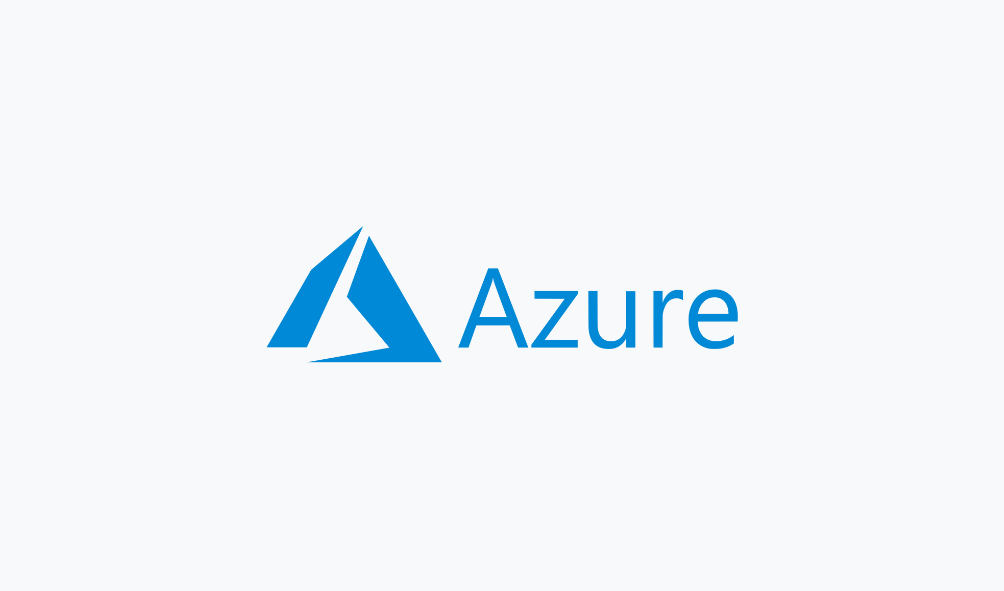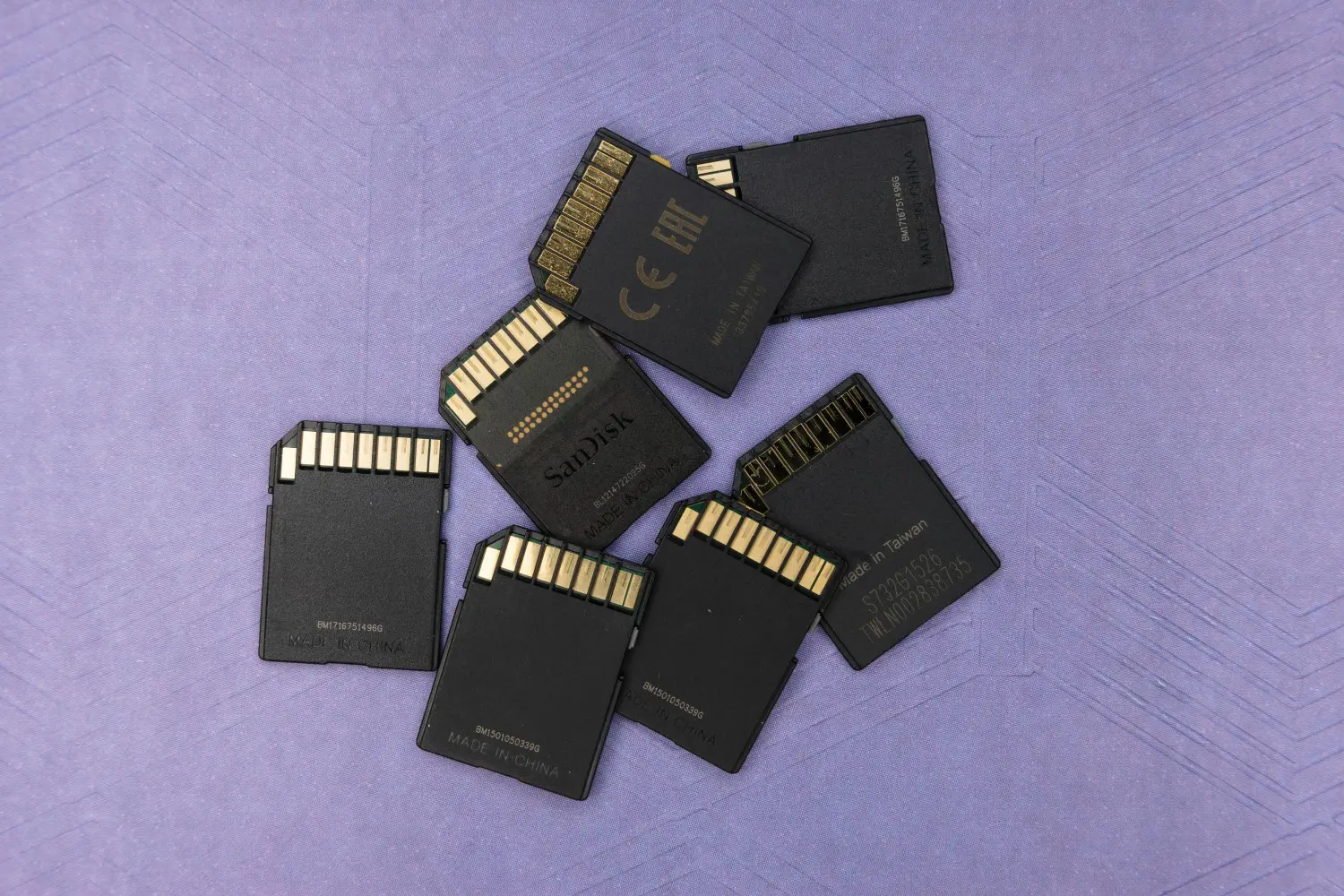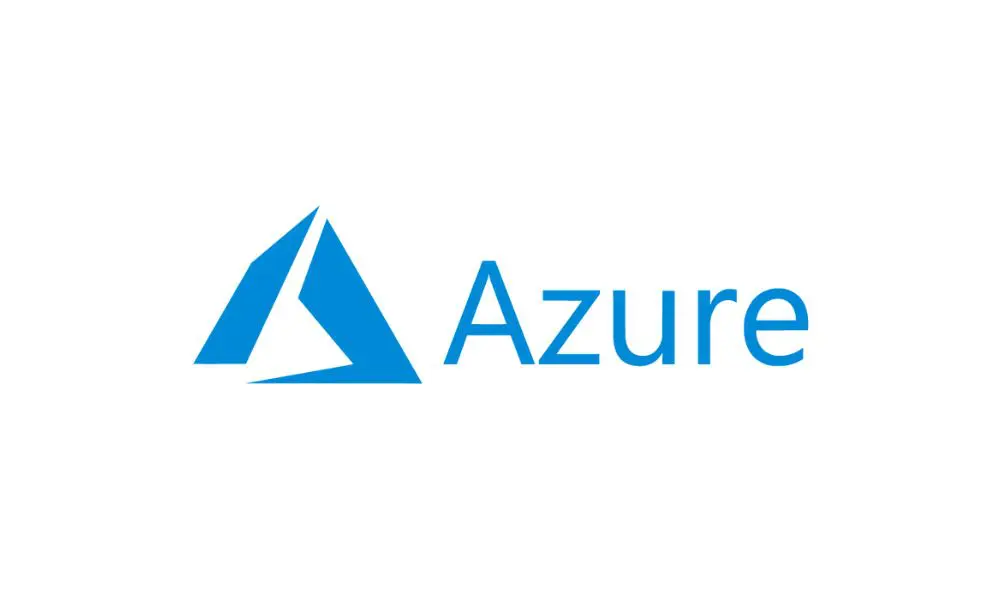When it comes to data, how you move, collate and capture it has never been more important. Ensuring you do this in an automated way saves you time, money and helps improve decision making. This is where Azure Logic Apps comes in.
Azure Logic Apps is an Azure service that provides you with the ability to automate workflows and integrate various applications, systems, and services. With its visual designer and wide range of connectors, Azure Logic Apps simplifies the process of building scalable and robust workflows.
In this article we explore 5 common use cases for Azure Logic Apps.
- Data Integration: Azure Logic Apps excels in integrating data from disparate sources and synchronising it across multiple systems. For instance, you can use Logic Apps to connect your CRM system with your finance system ensuring that customer data is seamlessly shared and updated between the two platforms. Logic Apps offers connectors for popular data sources, databases, and APIs, enabling you to easily orchestrate complex data integration scenarios.
- Real-time Event Processing: Azure Logic Apps enables real-time event-driven workflows, allowing you to respond to events as they occur. For example, you can create a Logic App that triggers whenever a new email arrives in your mailbox. The app can extract relevant information from the email, perform certain actions based on predefined conditions, and then send notifications to specific users or systems. This use case is ideal for building alerting systems, monitoring applications and triggering actions based on external events.
- Application Integration (EAI): Large organisations often rely on multiple systems and applications to perform various business functions. Azure Logic Apps can serve as the integration layer that connects these disparate systems, facilitating seamless data flow and process automation. Whether it’s connecting on-premises systems with cloud-based applications or integrating legacy systems with modern platforms, Logic Apps offers a wide range of connectors and capabilities to handle complex enterprise integration scenarios.
- E-commerce Order Processing: If you operate an e-commerce platform, Logic Apps can streamline your order processing workflows. When a customer places an order, Logic Apps can automate various tasks such as inventory management, payment processing, shipping notifications, and updating order status. By integrating with popular e-commerce platforms like Shopify or WooCommerce, you can ensure that your order fulfilment process is efficient and error-free.
- Social Media Integration and Marketing: Logic Apps provides connectors for popular social media platforms, including Twitter, Facebook, and Instagram. This allows you to automate social media tasks such as posting content, monitoring mentions and hashtags, and responding to customer inquiries. You can create Logic Apps that listen for specific events on social media, trigger actions like sending automated replies, or even analyse sentiment by integrating with Azure Cognitive Services. Logic Apps empowers marketers to engage with their audience and build a strong social media presence.
In conclusion, Azure Logic Apps provides a versatile and user-friendly platform for automating workflows and integrating diverse systems and services. The five use cases outlined above highlight just a fraction of the possibilities Logic Apps offers. With its rich set of connectors, robust scalability, and event-driven architecture, Logic Apps empowers organisations to streamline operations, improve efficiency, and drive innovation across various domains.
To learn more about how your organisation could benefit from Azure Logic Apps and automation, contact us today.




